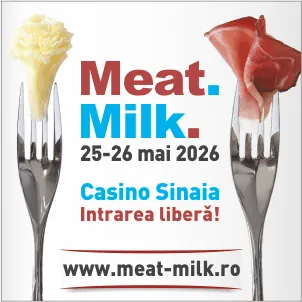1522

The differences between chilled and frozen meat have direct implications on logistics costs, storage duration, and consumer perception. Regulation (EC) No. 853/2004 stipulates that for chilled meat, the temperature must be constantly maintained at a maximum of +4°C, while for frozen meat it is mandatory to keep it below –18°C. Studies conducted by FAO show that dehydration losses are lower in frozen products (0.5–1.5%) compared to chilled ones (2–4%) throughout the logistics chain.
However, chilled meat benefits from a texture and taste perceived by consumers as superior, which increases its attractiveness in modern retail. In Romania, according to INS data for 2024, 61% of fresh meat sold in retail was chilled, while 39% was frozen, with significant differences between urban and rural segments. From a commercial perspective, storage and transport costs are higher for freezing due to energy requirements, but the extended shelf life reduces the risk of losses.
The implementation of technologies such as Individual Quick Freezing (IQF) and controlled atmosphere chilling can combine the advantages of both methods, offering both quality and stability. For processors and distributors, the choice of method depends on market strategy, contractual requirements, and available infrastructure, making a careful evaluation of costs and benefits along the entire supply chain essential.
(Photo: Freepik)




